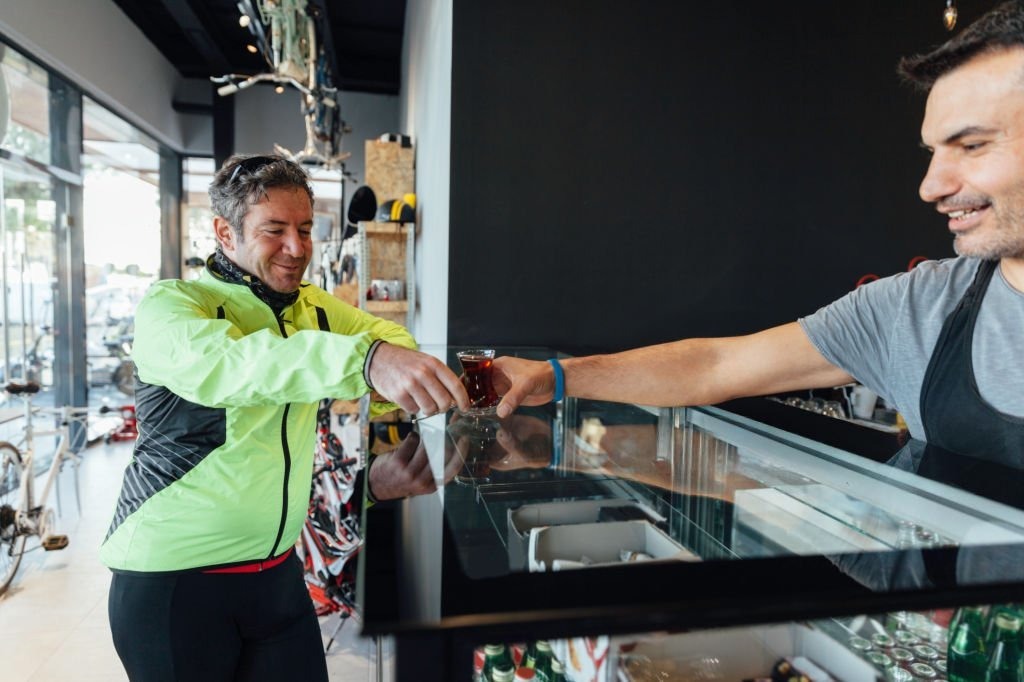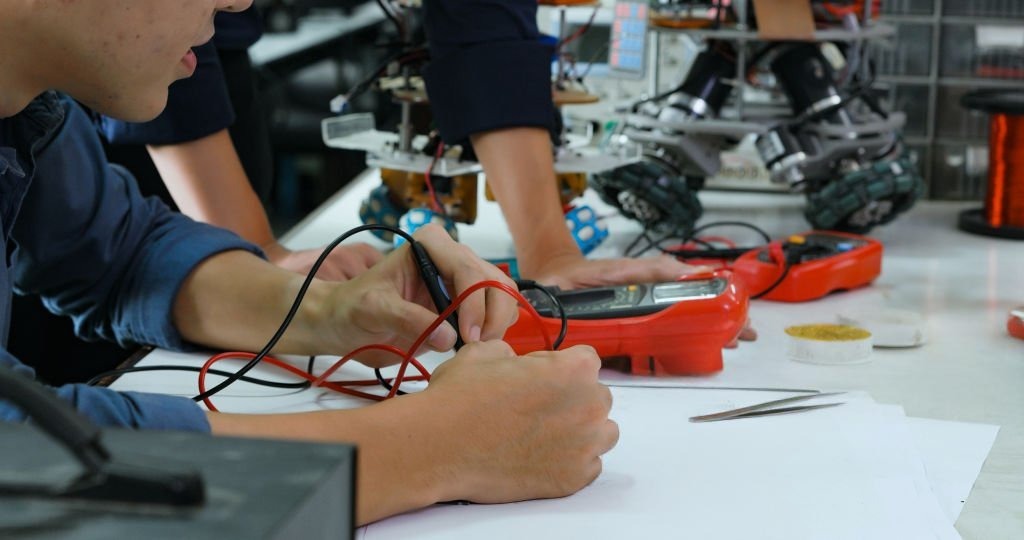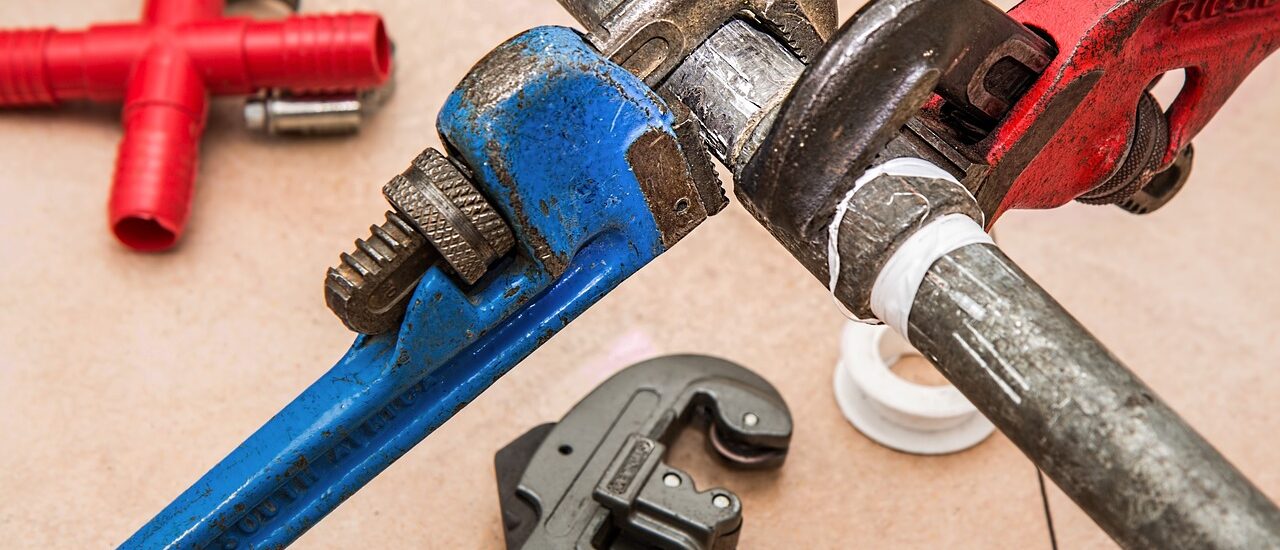Why fixing is becoming the new form of climate action — and what it means for communities around the world.
✂️ “Throw it away” is costing us more than we think.
In a world designed for convenience, repair has quietly become a radical act.
From broken toasters to torn jackets, the easiest (and most encouraged) choice today is to toss and replace. But this cycle of waste has a hidden cost — not just for our wallets, but for our planet.
Every discarded device, every forgotten garment, and every “unfixable” product adds to a mounting global crisis: waste, overproduction, and emissions.
But a quiet revolution is underway — and it’s happening in libraries, town halls, schools, markets, and garages around the world.
Welcome to the world of Repair Cafés and the Right to Repair Movement.
🛠️ What is a Repair Café?
A Repair Café is a community gathering space where volunteers with repair skills help people fix broken items — for free. The concept started in Amsterdam in 2009 and has since spread to over 40 countries, with thousands of locations hosting regular sessions.
You’ll find:
- People repairing electronics, clothing, bikes, furniture, toys and more
- Skill-sharing workshops to teach others how to fix and maintain their belongings
- Conversations, coffee, and a growing sense of community resilience
It’s more than a service — it’s a cultural shift.

🌍 A Global Movement with Local Roots
Repair Cafés are now found in:
- Berlin, Germany – where neighborhoods run solar-powered repair hubs
- Cape Town, South Africa – where informal fixers and NGOs host pop-up repair events
- Mumbai, India – where students run DIY tech repair workshops on campus
- São Paulo, Brazil – where favela communities are reclaiming e-waste and repurposing it
These initiatives prove that repair culture is not new — it’s just been pushed aside.
⚖️ The Right to Repair: Why It’s Political
The Repair Café movement connects to a growing global advocacy known as the Right to Repair — the push to give consumers and communities the legal ability to fix the products they buy.
Right now, most manufacturers:
- Restrict access to spare parts, manuals, or diagnostic tools
- Design products that are difficult (or impossible) to open
- Lock repairs behind expensive “authorized service” networks
This model fuels planned obsolescence — and leaves consumers with little choice but to throw things away.
🔍 What’s Changing?
- 🇺🇸 In the U.S., several states have passed Right to Repair laws for electronics, tractors, and medical equipment.
- 🇪🇺 The EU has introduced eco-design regulations requiring products to be repairable and durable.
- 🇳🇬 In Nigeria, local innovators and informal repairers are gaining recognition as key players in the circular economy.
- 🌐 Globally, there is increasing pressure on tech and appliance brands to design for disassembly and reuse.
🌱 Why Repair Matters for Sustainability
Repairing instead of replacing:
✅ Reduces waste and landfill overflow
✅ Lowers demand for raw materials and energy-intensive production
✅ Empowers communities to develop skills, independence, and local economies
✅ Extends product life, saving money and reducing carbon footprints
It’s a sustainability win — accessible, tangible, and community-led.

🗣️ What We Believe at SustainabilityUnscripted
We believe that repair is a right, not a privilege.
That the person who owns a product should be allowed to fix it — or be supported to do so.
And that the future of sustainability will not be built solely in labs or factories, but also in backyards, sheds, and school halls.
Every repaired phone, every mended bag, every fixed bicycle is a small climate victory — and a bold act of resistance in a throwaway world.
📣 Join the Movement
👥 Attend or host a Repair Café in your community
🧰 Support Right to Repair policies in your country
🎓 Learn and share repair skills — especially with youth
📸 Tag us with #FixDontToss to share your repair stories







